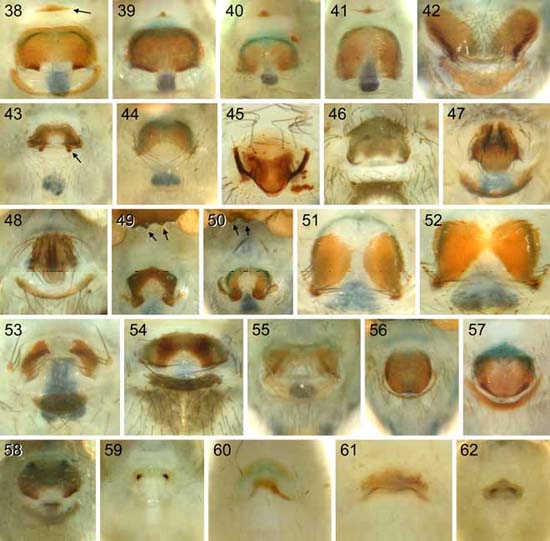Previously,
only four
extant species of Modisimus
were
known from Hispaniola, represented by a total of seven specimens.
During two trips
to the Dominican Republic and Haiti I came across Modisimus
in literally every patch of forest and collected over 700
adult specimens representing 30 species. This highlights the immensity
of
unknown diversity present on this Caribbean biodiversity hotspot.
In this
study we
redescribe three of the four previously known species and describe 22
new
species. Most Haitian species are local endemics, either of the
severely
threatened forests in one of the two national parks or their
surrounding areas.
Phylogenetic analysis indicates that most of these species together
represent a
species group that is restricted to the paleogeographically distinct
southern ‘paleoisland’
and that is otherwise known neither from Hispaniola nor from any other
island.
In contrast to many other pholcids, most Hispaniolan Modisimus are easily distinguished even when only females are available. Below are photos of epigyna of the species treated, documenting this variation.

Photos: B.A.
Huber and N. Fischer
 PDF
PDF